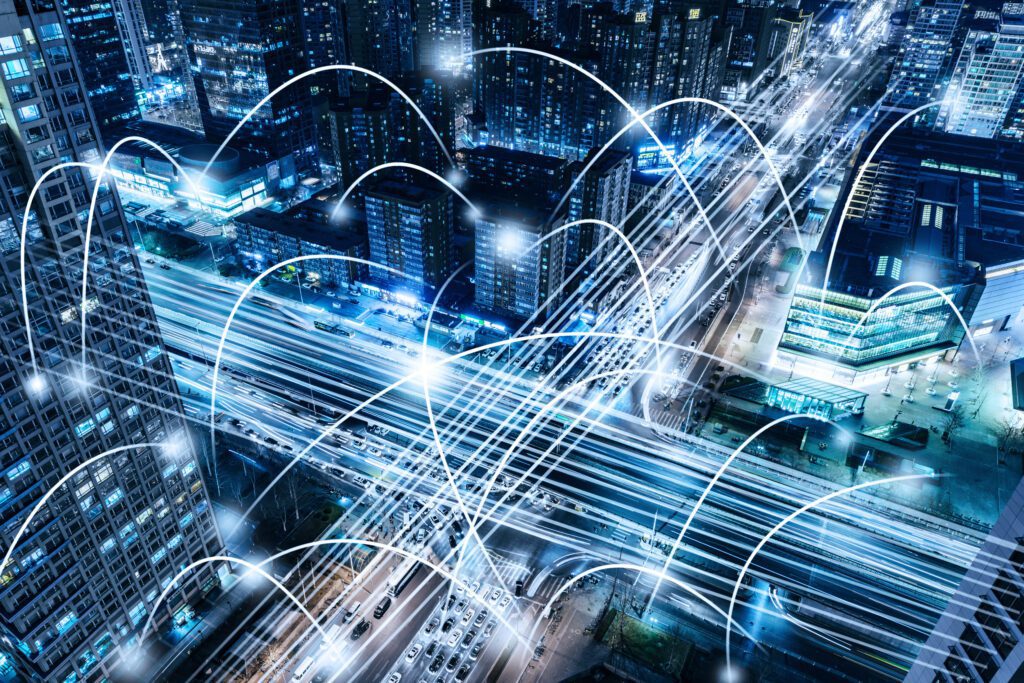It will come as no surprise to people in our industry that I believe we will continue to see the trend of significant growth of connected users around the world and this growth will add even more pressure to data centers.
But you might be surprised to discover we are in the third wave of evolution for what started in the 1980s as the client and server IT model.

DCIM 1.0
Yes, back when big hair and Walkmans were all the rage, there was a demand for small UPSs (uninterruptible power supply) supporting PC servers and the software to manage them. At Schneider Electric, we call this DCIM 1.0 as it ushered in basic Data Center Infrastructure Management software to monitor and manage devices and help operators understand what was happening in their data centers.
DCIM 2.0
The visibility DCIM provided was a helpful tool until about 20 years later in the 2000s when a new challenge emerged. CIOs started to be concerned about having so many PC servers and they wanted to get them under control. So, they started moving servers into the data center, which created a new set of challenges. For the first time, operators were asking if they had enough space, power, and cooling to handle the load. As a result, the industry started to develop software to meet those needs and to help measure a new metric around energy efficiency called PUE. We consider this the time of DCIM 2.0 (it was when the term DCIM was coined) as the software evolved with new planning and modeling capabilities to address these challenges.
DCIM 3.0
We are once again facing new challenges and are at the start of what we believe will be another 20-year cycle, one that the pandemic fast-tracked. Our focus is no longer on the traditional data center but on all the connection points between the user and applications. Mission-critical infrastructure is everywhere and needs to be running 24/7.
The sprawling hybrid IT environment is challenging even the most sophisticated CIO organization with maintaining the resiliency, security, and sustainability of their IT systems. This is the trend we call DCIM 3.0. And it is why we are modernizing our software portfolio EcoStruxure IT for the monitoring, management, planning, and modeling of IT physical infrastructure, with flexible deployment options that include on-prem and cloud-based solutions to support distributed IT environments from a few sites to thousands of sites globally. And it needs to pull data from and be integrated with other systems to meet the challenges CIOS are facing.
The data center without boundaries
DCIM as a software category has changed dramatically since it was introduced two evolutions ago. While some companies are eliminating their DCIM offerings, Schneider Electric is investing in EcoStruxure IT so we can best serve our customers, empowering them to operate the most resilient, secure, and sustainable IT infrastructure anywhere.
To learn more about how the data center without boundaries will continue to grow in complexity and make it more challenging to maintain resiliency and cybersecurity along with the emerging challenge of sustainability, I encourage you to watch this video presentation.


